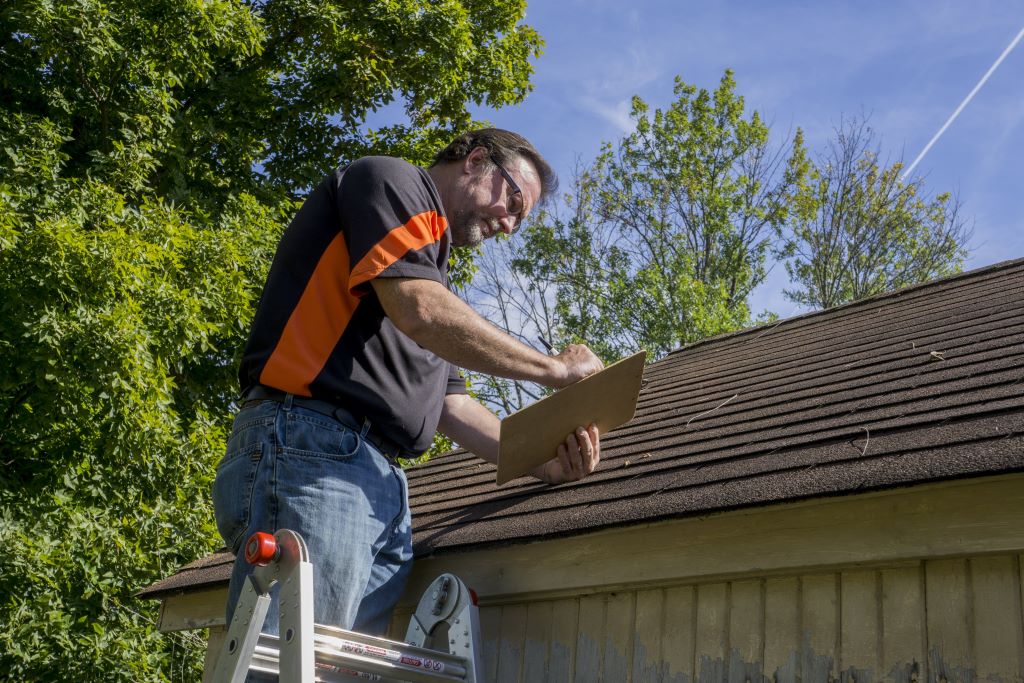Dealing with roof damage can feel overwhelming, but navigating the insurance claim process doesn’t have to be. Mastering the roof insurance claim with Peralta Renovations ensures homeowners feel confident and informed. Whether it’s storm damage, leaks, or wear and tear, understanding how to file a claim effectively can save time and stress. This guide breaks down the process into clear, manageable steps, offering practical tips to maximize your claim’s success. From documenting damage to working with adjusters, we’ll cover everything you need to know. Let’s dive into the essentials of securing the coverage you deserve.
Understanding Roof Insurance Claims
Roof insurance claims help homeowners repair or replace damaged roofs covered by their policy. Most standard homeowner’s insurance policies cover sudden damage, like storms or falling trees, but not gradual wear. Therefore, reviewing your policy is crucial to understand what’s covered. For instance, some policies exclude specific damages, like hail, unless added separately.
Start by checking your policy’s deductible and coverage limits. This helps you know what to expect financially. Additionally, familiarize yourself with the claim process outlined by your insurer. Knowing these details upfront prevents surprises later. If you’re unsure about your policy, contact your insurance agent for clarification. Proper preparation sets the stage for a smooth claim process.
Preparing for Your Claim
Preparation is key to a successful roof insurance claim. Begin by documenting the damage thoroughly. Take clear photos and videos of affected areas, capturing close-ups and wide shots. Moreover, note the date and time of the damage, especially if caused by a storm. This evidence strengthens your claim.
Next, make temporary repairs to prevent further damage, like covering holes with tarps. Keep receipts for these expenses, as insurers often reimburse them. However, avoid permanent repairs until the adjuster inspects the roof. Finally, contact a reputable roofing contractor for an initial assessment. Their expertise helps identify all damage, ensuring nothing is overlooked during the claim process.
Steps to Document Damage
- Photograph extensively: Capture multiple angles of the damage.
- Record videos: Show the extent of the issue clearly.
- Note details: Include dates, times, and weather conditions.
- Save receipts: Keep proof of temporary repair costs.
Choosing Reliable Roofing Services
Selecting a trustworthy contractor is critical for a successful claim. Roofing services should come from licensed, insured professionals with a solid reputation. Research local companies, read reviews, and ask for references. A reliable contractor will provide a detailed estimate and explain the repair process clearly.
Additionally, ensure the contractor has experience with insurance claims. They can work directly with your adjuster, streamlining communication. For example, Peralta Renovations specializes in guiding homeowners through claims, ensuring all damage is properly addressed. Avoid contractors who pressure you into signing contracts quickly. Instead, take time to verify their credentials. A good contractor makes the process smoother and helps maximize your claim’s outcome.
Filing the Insurance Claim
Filing a claim starts with contacting your insurance company promptly. Report the damage and provide initial details, like the date of the incident and a brief description. Most insurers have a deadline for filing claims, so act quickly. Afterward, they’ll assign an adjuster to evaluate the damage.
Provide the adjuster with your documentation, including photos, videos, and contractor estimates. Be present during the inspection to point out all affected areas. Furthermore, keep a record of all communication with the insurer, including emails and phone calls. This helps track the claim’s progress. If disputes arise, don’t hesitate to ask for clarification or a second inspection. Staying organized ensures a faster, fairer resolution.
Working with the Insurance Adjuster
The adjuster’s role is to assess the damage and determine the payout based on your policy. To prepare, review your documentation and contractor’s estimate before the inspection. Walk the adjuster through the damage, highlighting areas of concern. This ensures they don’t miss critical details.
Sometimes, adjusters may undervalue the damage or overlook certain repairs. If this happens, politely present your evidence, like photos or contractor reports, to support your case. Additionally, your roofing contractor can join the inspection to provide expert input. Their presence often leads to a more accurate assessment. Clear communication with the adjuster builds trust and increases the likelihood of a fair settlement.
Handling Claim Denials or Low Offers
Occasionally, insurers may deny a claim or offer a low settlement. If this happens, don’t panic. First, review the denial letter to understand the reason. Common reasons include policy exclusions or insufficient evidence. Request a detailed explanation if the reasoning is unclear.
Next, gather additional documentation to counter the denial. For instance, provide more photos, a second contractor estimate, or weather reports proving storm damage. You can also appeal the decision through your insurer’s process. If the issue persists, consider hiring a public adjuster, who works on your behalf to negotiate a better outcome. Persistence and strong evidence often lead to a successful resolution.
Maintaining Your Roof Post-Claim
Once your claim is approved and repairs are complete, focus on maintaining your roof to prevent future issues. Regular inspections, especially after storms, help catch minor problems early. Clean gutters, remove debris, and trim overhanging branches to protect your roof’s longevity.
Additionally, schedule professional inspections annually or biannually. A roofing contractor can identify wear and tear that may not be visible to untrained eyes. Keeping maintenance records also strengthens future claims by showing you’ve cared for your roof. By staying proactive, you reduce the risk of costly repairs and ensure your roof remains in top condition for years.
Conclusion
Navigating a roof insurance claim can seem daunting, but with the right approach, it’s manageable. From documenting damage to choosing reliable contractors like Peralta Renovations, each step builds toward a successful outcome. Preparation, clear communication, and persistence are your best tools. By understanding your policy, working effectively with adjusters, and maintaining your roof, you’ll protect your home and peace of mind.




